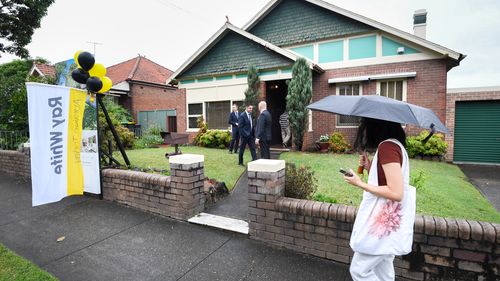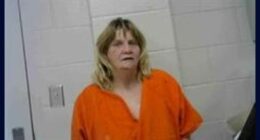But the Australian Prudential Regulation Authority (APRA) hasn’t been convinced by their arguments, saying today that it will remain at 3 per cent.

In making its decision, the regulator said there were still enough financial risks in the current economy to warrant the buffer.
“We are mindful of potential shocks to household incomes from a slowing labour market,” APRA chair John Lonsdale said.
“That risk is exacerbated by uncertainty in the global economic environment including geopolitical instability…
“Although house price growth has eased, prices are still 40 per cent higher than before the pandemic and household debt is high relative to incomes both compared with long-term trends and relative to international peers.

“This high household debt is a key vulnerability if adverse economic scenarios came to pass. We also have seen an uptick in non-performing loans, with the potential for further rises, especially if unemployment increases.”
The serviceability buffer means would-be borrowers aren’t just assessed on their ability to afford mortgage repayments at current interest rate settings, but whether they could still afford them if rates were to rise 3 per cent.
While designed to ensure homeowners don’t borrow beyond their means, critics say the current settings prevent people from buying their first property.
“It might make sense to have a 3 per cent buffer when the official cash rate is 1 per cent, but much less so when it is set at 4.35 per cent,” Liberal Senator Andrew Bragg said last month.
“The buffer is bad news for prospective first home buyers, and it can also create mortgage prisons, where refinancing is impossible.”
The buffer hasn’t always been set at 3 per cent.
It was set at 2 per cent in late 2014, then increased by half a percentage point five years later.
It went up a further 0.5 per cent in 2021 in response to interest rates sitting at 0.1 per cent.








